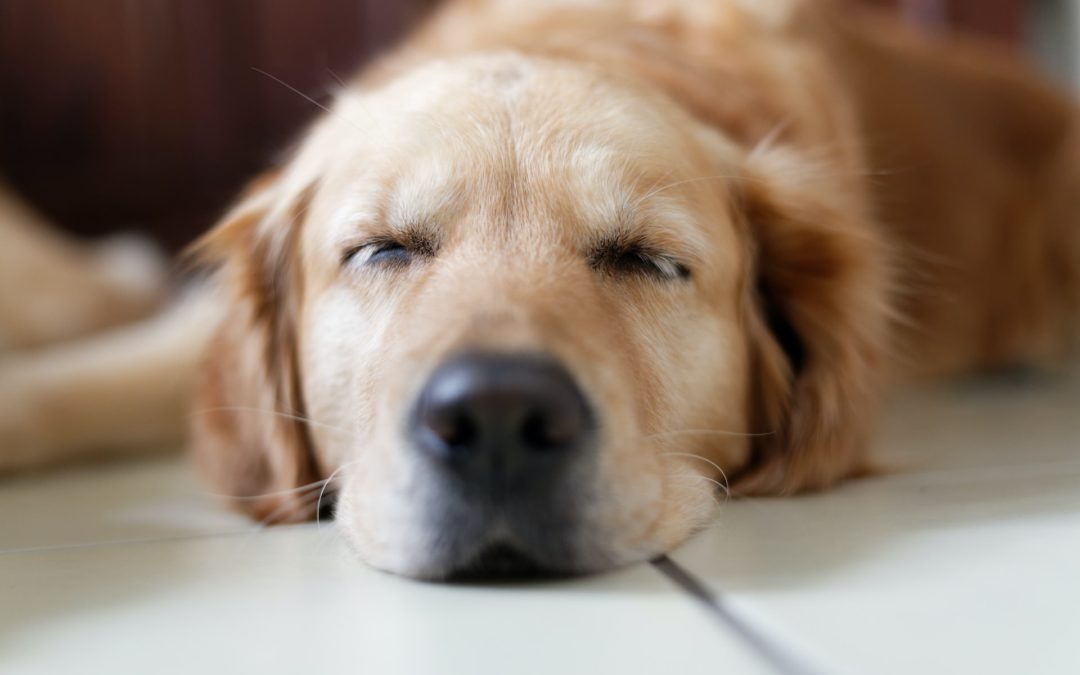Nearly every pet owner will have to deal with anesthesia at some point in their pet’s life. Whether it’s for a routine surgery or because of an emergency, it’s important to understand the risks and how your pet is kept safe. In this post, we’ll discuss three ways your pet is kept safe under anesthesia. Keep reading to learn more!
#1: We perform a pre-anesthetic exam and testing
Examining your pet on the day of their anesthetic procedure is necessary to determine their current health status. We listen to their heart and lungs, check their temperature, and assess their gum color and hydration. The physical exam provides us with normal baseline vital signs we can use for comparison while monitoring your pet during their anesthetic procedure so we can quickly spot any issues.
We also perform pre-anesthetic testing, which may consist of blood work, X-rays, a urinalysis, blood pressure testing, and various other tests, depending on your pet’s condition and the upcoming procedure. With the information from your pet’s physical exam and pre-anesthetic testing, we can customize the safest anesthetic protocol for them.
#2: We use cutting-edge monitoring equipment
If you were to step into our surgery suite, you likely would be overwhelmed by all the beeps emitted by our monitoring equipment. We invest in state-of-the-art equipment to help us watch over every anesthetic patient. This equipment monitors your pet’s heart rate and rhythm, respiratory rate, oxygen and carbon dioxide levels, temperature, blood pressure, and more. These values tell us how your pet’s body is handling anesthesia and the procedure itself and whether we need to make any adjustments.
#3: We employ highly trained staff
No instrument is more important for keeping your pet safe while under anesthesia than our highly trained and experienced team. Veterinary professionals have a great deal of education in anesthesiology, pharmacology, physiology, biology, and anatomy. Our team knows what adverse effects can occur with which anesthetic agents, how to correct those issues, and how the body reacts to anesthesia. With a strong education in all things anesthesia, our team can jump into corrective action at a moment’s notice.
Do you have questions about your pet’s upcoming anesthetic procedure? Contact our team to have your concerns answered.

